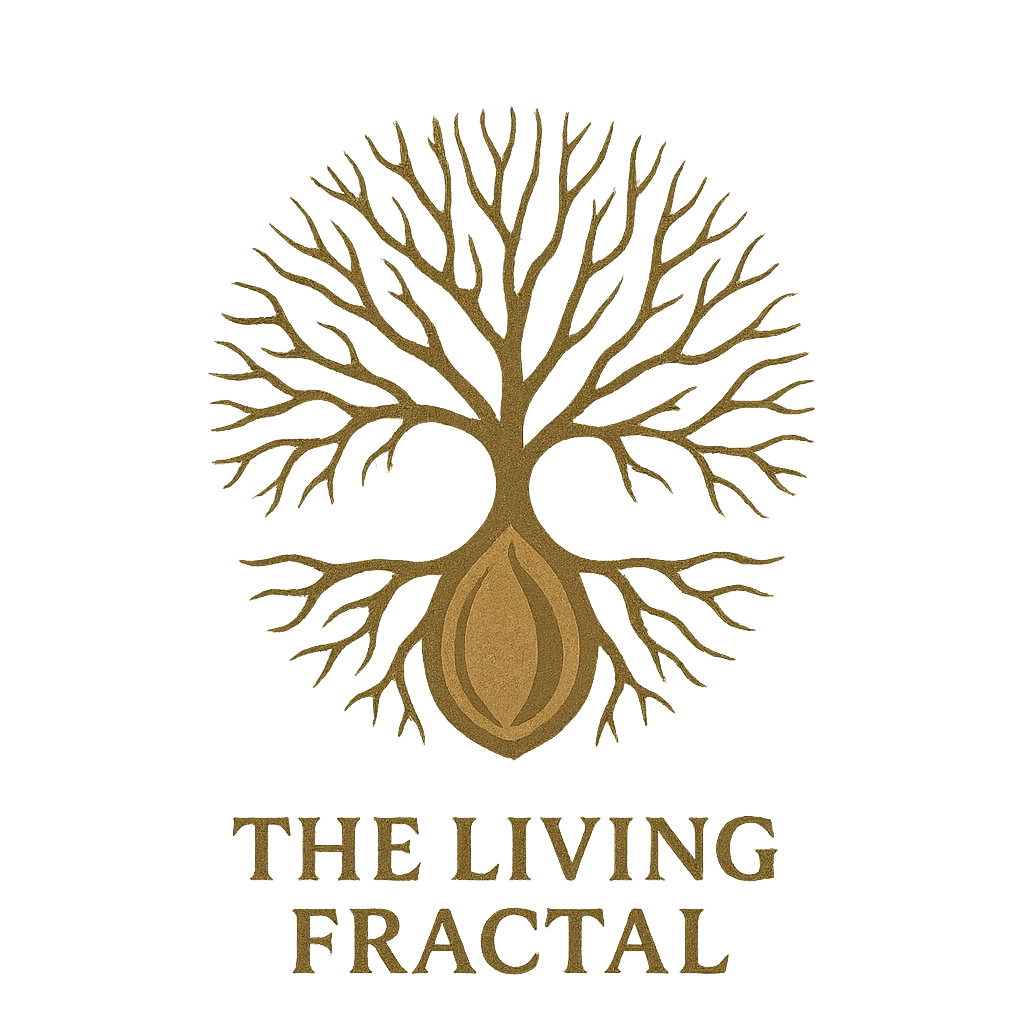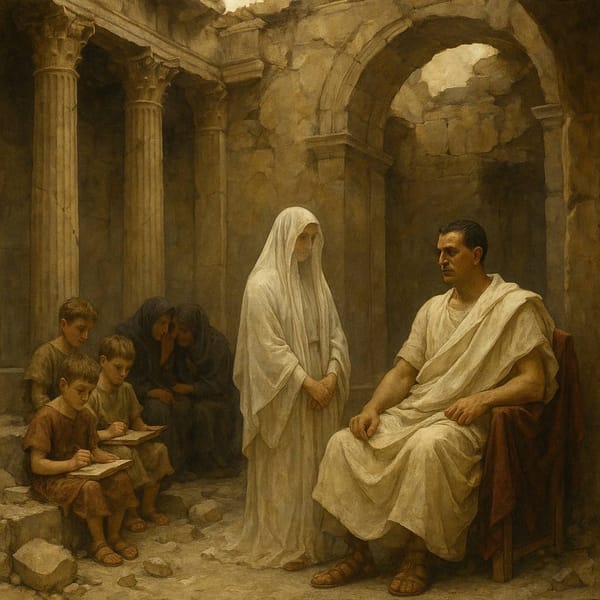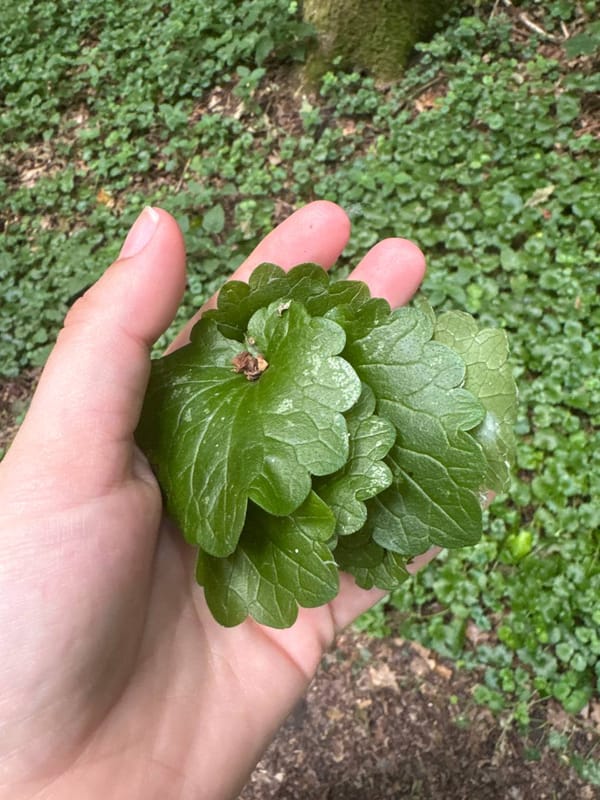The Living Fractal: A Multilayered Analysis of Our World in Crisis (July 2025)

Abstract
This article presents a rigorously sourced, holistic analysis of the current planetary state, integrating environmental, geopolitical, health, and sociocultural dimensions. Beyond data, it explores the collective trauma embedded in Earth’s field and human systems, articulating the imperative for personal shadow work and somatic healing as foundational acts for generational and planetary resilience. This piece connects micro (individual) and macro (planetary) scales, emphasizing systemic interdependence, elite control dynamics, and the deep, often invisible threads shaping our unfolding future.
1. Introduction
The world today stands at a crossroads — ecological collapse and social unraveling coalesce into a singular, unprecedented crisis. Arctic warming has reached a staggering +4.5°C anomaly in June 2025; freshwater systems in Iraq, Bangladesh, and beyond are entering hydrological collapse; and youth mental health globally is in crisis with depression rates climbing above 30% among 16-24 year-olds (Patel et al., 2025). Yet, these facts remain obscured, fragmented, or sanitized in dominant media.
2. Planetary Systems in Flux
- Arctic Amplification and Permafrost Thaw: Record-breaking temperatures are accelerating methane release and thawing permafrost, fueling further warming (Malik & Ford, 2025).
- Water Crisis Across Global South: Critical freshwater basins in Iraq and Bangladesh are nearing collapse, imperiling millions but largely ignored in international discourse.
- Biodiversity at the Brink: Over a million species now face extinction risks, and coral reefs face catastrophic bleaching events.
3. Collective and Individual Trauma Intersect
The planetary crisis is not only ecological but somatic and psychic. Collective trauma arises from systemic violence — colonialism, capitalism, patriarchy — echoing in nervous systems globally. The youth mental health epidemic, including depression and anxiety, reflects deep somatic responses to living in a destabilized world (Lucero-Prisno & Shomuyiwa, 2025).
4. The Elite’s Invisible Hand and the Illusion of Control
Powerful actors maintain narratives that obscure collapse realities. Elite “pockets of survivability” reflect a dystopian vision of inequality, while public narratives are managed to disempower and distract. This disconnect fuels despair and paralysis.
5. Healing: The Radical Path Forward
While systemic change is vital, it begins within. Somatic and shadow work reconnect individuals to embodied awareness and ancestral memory. Healing trauma at personal, systemic, and planetary levels lays groundwork for true resilience and coherent action. As Rumi said, “The wound is the place where the light enters you.”
6. Practical Guidance for Staying Coherent in Chaos
- Cultivate daily rituals grounding body and mind.
- Engage with grief without appropriation — allow mourning for Earth’s losses.
- Foster community with those attuned to ecological grief.
- Practice discernment about information — balance awareness with self-care.
- Resist despair by committing to internal transformation alongside collective advocacy.
7. Conclusion
The collapse trajectory is accelerating, but so is the capacity for relational repair and ecological remembering. The question is not “Will collapse happen?” but “How will we respond?” You are not alone in this fractal remembering. The Earth’s trauma is our trauma, and healing is possible through layered consciousness and intentional action.
References & Suggested Reading
- Malik, J.D., & Ford, I.H. (2025). Arctic Climate Change Through Political Ecology. Wiley.
- Patel, V., et al. (2025). Youth Mental Health Crisis: A Global Review. The Lancet Psychiatry.
- Lucero‐Prisno III, D., & Shomuyiwa, D. (2025). Top 10 Global Health Threats. Wiley.
- Andreotti, V. (2019). Composting Knowledge: Decoloniality and the Politics of Epistemic Transformation.
- Macy, J. (2012). Active Hope: How to Face the Mess We’re in without Going Crazy.
- Kimmerer, R.W. (2013). Braiding Sweetgrass.
- Additional sources from IUCN, NOAA, IPCC, and peer-reviewed climate journals.




